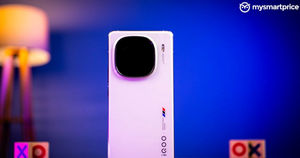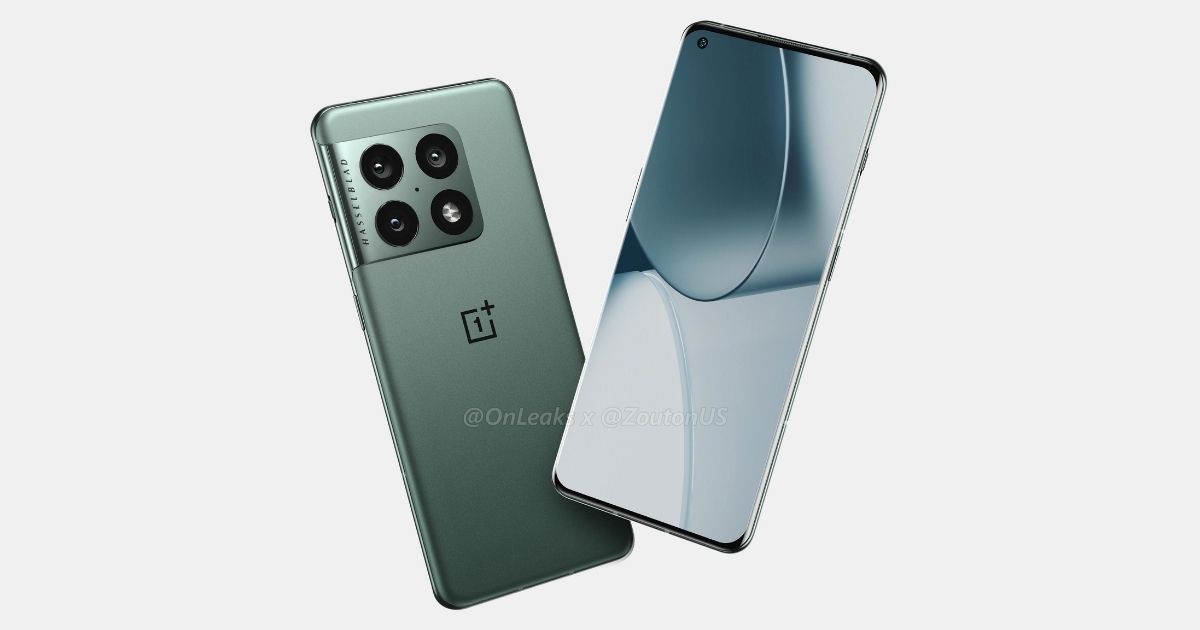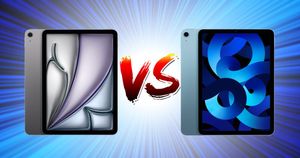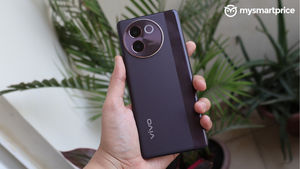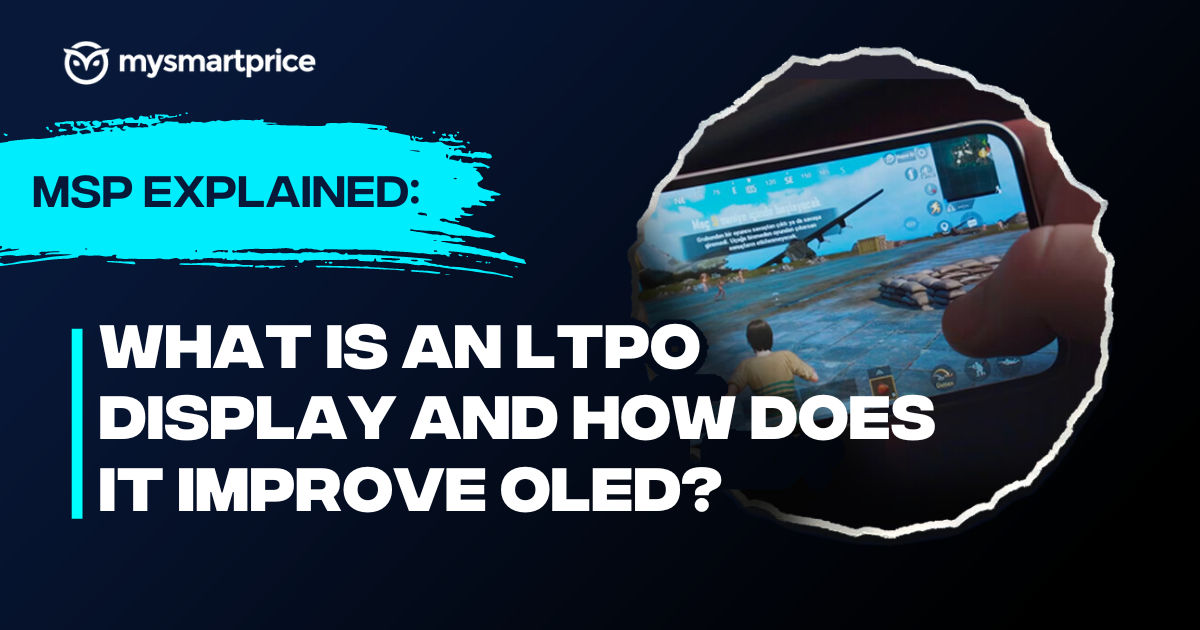
Smartphone companies tend to deploy a fair amount of jargon when discussing new products. When it comes to displays, you might have heard companies use the term LTPO to describe the device’s display, in addition to the usual OLED or AMOLED.
But what exactly is this technology, and how does it work? This MSP Explained edition is about getting to know the LTPO display tech, which is part of it, and how it impacts the user experience.
What is LTPO?
LTPO, or low-temperature polycrystalline oxide, is the backplane technology used for OLED displays to work at variable refresh rates. The backplane technology impacts display functions, including resolution and power consumption. In simple terms, the backplane in an OLED panel is simply a circuit board on the back of the display that controls the pixels and transmits visual information.
It includes two major components: TFTs and the substrate. There’s another additional component called the emission material layer (EML), which emits the light we see. LTPO dismisses the need for an additional component between the graphics controller and the graphics processing unit (GPU). Apple pioneered the LTPO technology, which was introduced with the Apple Watch Series 5 in 2019.
LTPO is just an improved display tech used for OLED panels. A regular OLED display uses another display backplane tech called LTPS (low-temperature polycrystalline silicon). However, LTPS doesn't support a dynamic refresh rate and normally juggles between 60Hz and 120Hz, leading to more battery consumption.
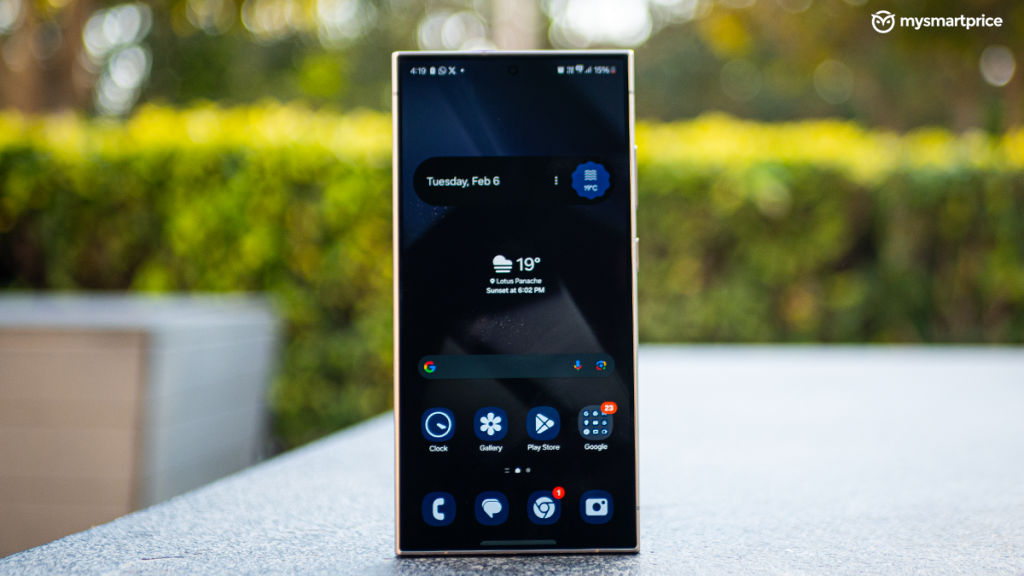
Initial LTPO tech (LTPO 1.0) could go from 10Hz to 120Hz, but newer versions like LTPO 2.0 and LTPO 3.0 can support a low refresh rate of 1Hz. The latest LTPO 4.0 (featured on the OnePlus 12R) has been further improved to support a wide range of refresh rates, such as 72Hz and 90Hz.
Brands have different names for the LTPO tech used in their smartphones; Apple calls the iPhone’s (and even the MacBook Pro’s and the iPad Pro’s) LTPO display ProMotion and Xiaomi calls the tech AdaptiveSync Pro. Vivo has used BOE’s 8T LTPO tech for the X100 Pro, and so on.
How Does LTPO Work?
An OLED (Organic Light Emitting Diode) display consists of numerous thin-film transistors (TFT), generally divided into switching TFT and driving TFT. Normally, OLED displays tend to use LTPS, but display makers have started using the LTPO tech due to the former’s limitations.
LTPO merges LTPS and another backplane tech, indium gallium zinc oxide (IGZO). The former is majorly used for switching TFTs while the latter is used for driving TFTs. Both technologies have different roles; while LTPS helps ensure power efficiency and reduced battery consumption, IGZO enables a variable refresh rate.
What Purpose Does LTPO Serve?
OLED displays with a high refresh rate consume more battery. LTPO steps in to ensure this doesn’t happen. For the uninitiated, the refresh rate is the number of times a display shows an image per second, measured in Hz. This is different from FPS or frames per second, which essentially is the rate at which an image is captured or rendered per second. However, both work in tandem to offer better visuals and fewer lags.
A high refresh rate is supposed to offer a better overall scrolling experience. So, if a smartphone display supports a 120Hz refresh rate, it can refresh a pixel on the display 120 times per second.
LTPO refreshes the display based on the content shown. For instance, the Always-on-Display (AOD) functionality typically requires a 1Hz refresh rate, while a high-graphics game like COD: Mobile can require up to a 120Hz refresh rate.
Phones with LTPO display
By now, it must have been clear that an LTPO display serves two major purposes: reduced power consumption and smoother scrolling. The display can consume a lot of power whenever it lights up, and a regular OLED display's limited refresh rate range can cause it to consume more power even when the phone is idle, say, in AOD mode.
LTPO can lower or increase the refresh rate depending on different conditions. Depending on how a brand optimises it, it can also improve the display’s colours and image quality. So, yes, an LTPO display can help make the experience much better.
But there's a disadvantage, too; the LTPO backplane tech is relatively expensive, as Apple owns several patents, and others have to pay for it. This is also why the tech is used on flagship phones, even though LCD screens can also support it.
Samsung has built its alternative using a similar premise. Samsung introduced the Galaxy Note 20 Ultra with LTPO called Hybrid-oxide and Polycrystalline silicon (HOP). Even LG has its LTPO tech called multi TFT OLEDs (MTOs). China’s BOE also develops LTPO OLED panels. Other OEMS can also follow this approach, and we can expect it to cost a little less eventually and reach more smartphones, even the affordable ones. Meanwhile, here's a look at top flagships with an LTPO display.

- Samsung Galaxy S24 series
- iQOO 12
- iQOO Neo 9 Pro
- iPhone 15 Pro series (with the ProMotion display)
- OnePlus 12 (with LTPO 4.0)
- Xiaomi 14 Ultra (with AdaptiveSync Pro)
- OPPO Find N3 Flip
- Vivo X100 Pro (with 8T LTPO tech)


